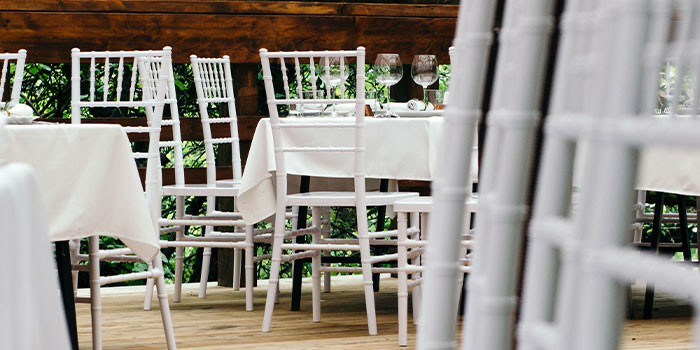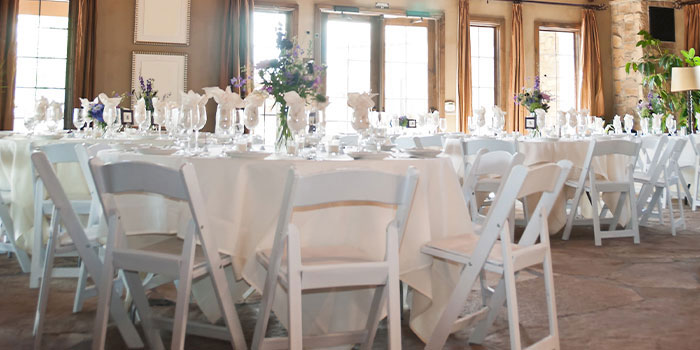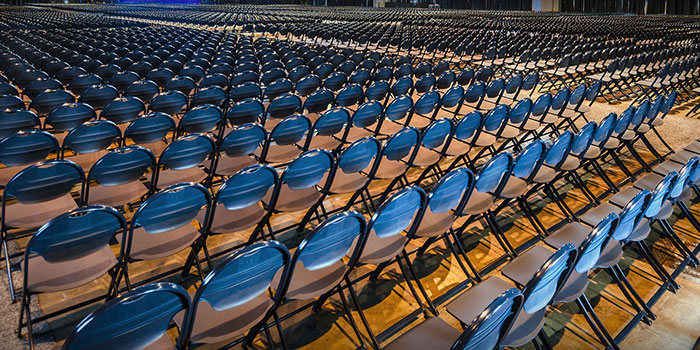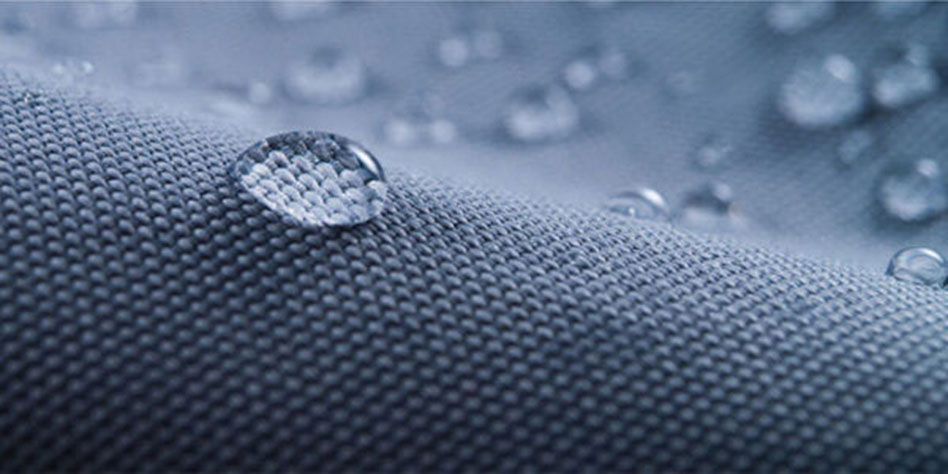
Just like the clothing you wear, chair upholstery needs to be washed. Doing some regular, light cleaning is the best way to keep your chairs looking nice.
Here you will find detailed instructions for how to clean upholstery fabric types used on MityLite chairs.
Disinfect Chair Upholstery to Prevent the Spread of Germs
Are you worried about minimizing the spread of bacteria and viruses at your events? EPA-registered desinfectantes that meet the criteria for use against SARS can also be used to sanitize fabric and prevent the spread of the coronavirus and other contagious illnesses.
The Centers for Disease Control recommends using the following products to sanitize chairs and tables in public areas.
- Asepticare™
- Blanqueador 1:10 (blanqueador 10%)
- Spray desinfectante Bleach-Rite®
- CaviCide™
- CaviCide1™
- Limpiador germicida con lejía Clorox® Healthcare
- Spray desinfectante limpiador de peróxido de hidrógeno Clorox®
- Limpiador desinfectante esporicida Diversey™ Avert®
- Limpiador multisuperficie Clean & Fresh de Lysol
- Oxivir® 1 UTR
- Oxivir® tuberculosis
- Limpiador desinfectante diario OxyCide™
- Virex II 256
How to Clean Olefin Fabric (including Sherpa & Shire Fabrics)
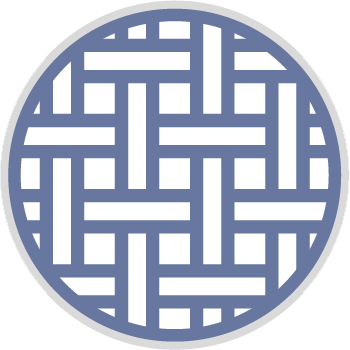
Para tapizados Sherpa y Shire (y otros tejidos de olefina 100%), se recomienda el siguiente tratamiento desinfectante para desinfectar frente a gérmenes y virus, incluso frente al coronavirus (COVID-19).
Utilice lejía doméstica (que incluya Hipoclorito de sodio 5.25% o 6.00%–6.15% depending on the manufacturer label) diluted in water at a Proporción de dilución 1:10, which is 1,5 tazas de lejía en 1 galón de agua. The use of bleach on Sherpa and Shire olefin fabric will not have a harmful effect and the recommended treatments will not void the warranty. However, it is still recommended to test the cleaning solution in an inconspicuous area first before using it throughout.
Prepare the solution fresh before each use, as bleach is sensitive to light. Also, note that bleach expires one year after production, and it can lose efficacy if not stored properly.
Remove organic soil and bulk spill matter prior to disinfecting. Disinfection requires a recommended wet contact time of 10 minutos ser efectivo. Recuerde que las soluciones de cloro son corrosivas y pueden picar el metal y dañar la piel.
Nunca mezcle lejía con ningún producto que contenga amoniaco o ácidos.
How to Clean 100% Polyester Upholstery & Polyester Blends
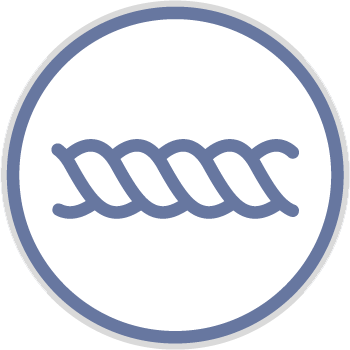
When cleaning upholstery that is manufactured with 100% polyester or polyester blends, it’s best to use hydrogen peroxide products.
We recommend using something like Clorox® Hydrogen Peroxide Cleaner & Disinfectant. This product, which is available as both a spray (for fabrics) and a wipe (for hard surfaces), will kill pathogens on both hard and soft surfaces and can eliminate bacteria and viruses in 30 seconds. This industrial-grade cleaner can be applied to a variety of fabrics, including those that are 100% polyester. This cleaner has no volatile organic compounds (VOCs), harsh fumes, bleach, or added fragrance, and the active ingredient, hydrogen peroxide, breaks down into water and oxygen upon use. Sin embargo, se recomienda probar primero la solución limpiadora en un área pequeña y discreta.
Tenga en cuenta que las telas de poliéster y mezclas de poliéster son sensibles a los efectos de la lejía. A Solución de lejía 3% (1/3 taza de lejía por 1 galón de agua) is the highest concentration that can be used, but it cannot be guaranteed that long-term use of a bleach solution will not pose a problem.
Another recommended product for cleaning upholstery is Lysol® Clean & Fresh Multi-Surface Cleaner, which is also EPA-registered for its virus-fighting abilities and kills 99.9% of viruses and bacteria. However, the active ingredient, Cloruro de alquildimetilbencilamonio, se ha implicado en varios efectos adversos para la salud, por lo que querrás evitar el contacto con la piel, la inhalación o la ingestión accidental.
Como ocurre con todos los limpiadores potentes, manténgalo alejado de los niños, aplíquelo solo en áreas bien ventiladas y lave las superficies con agua limpia después de su uso.
How to Clean Crypton & Nanotex Fabric
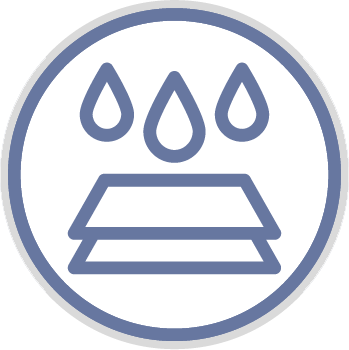
Nanotex and Crypton fabrics are multi-tiered materials with antimicrobial and stain-resistant technology and an integrated, permanent liquid barrier. Crypton’s patented moisture barrier is proven to prevent solids and liquids from permeating to the cushion below. This makes Crypton fabric one of the easiest upholstery fabrics to clean.
However, it is possible for a surface to appear clean but not be disinfected. Crypton recommends using their EPA-approved Disinfectant & Deodorizer on Crypton Barrier Fabrics. This formula is engineered for high-use, high-abuse settings. This is a one-step disinfectant cleaner that is effective against a broad spectrum of bacteria, viruses, mold, mildew, and fungus.
Best of all, this disinfectant is effective in preventing the spread of bacteria and viruses.
Para desinfectar y limpiar completamente la tela, siga los siguientes pasos:
- Remove spills with an absorbent cloth or paper towel. If necessary, clean heavily soiled areas with soap and water.
- Remove excess moisture and soap via vacuum or by wiping with a clean, dry cloth. Remove all soap so that it does not attract soil.
- Pruebe el Desinfectante y desodorante Crypton in a small, inconspicuous area.
- Aplicar Desinfectante y desodorante de Crypton by holding it 6-8 inches from surface. Do not inhale fumes from the spray.
- Rinse the fabric with water after application.
- Allow the surface to remain wet for 10 minutes.
- After 10 minutes, wipe dry or allow to air dry.
How to Clean Woven & Coated Polyester Fabrics
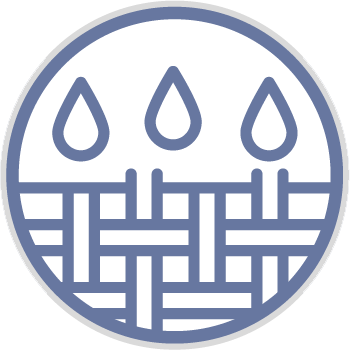
Para el mantenimiento general de telas tejidas y recubiertas de poliéster, aspire regularmente las superficies para eliminar todo el polvo y las partículas sueltas, limpie las áreas de suciedad o manchas y desinfecte regularmente.
Para desinfectar, primero confirme que es seguro usar lejía en su producto probando un área pequeña en un lugar discreto. Mezcle una solución de lejía y agua limpia con un proporción de 1:10. Proteja y cubra la estructura de los muebles junto con las áreas circundantes y trabaje en un área bien ventilada con guantes y protección para los ojos.
After disinfecting the upholstery, rinse it well multiple times with clean water. Any bleach left on the fabric may degrade or shorten the lifespan of the fabric.
How to Clean Woven & Knit Fabrics
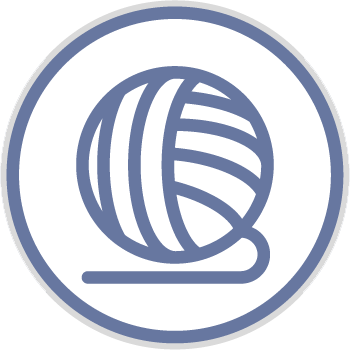
The following list of suggested cleaners can be used to disinfect woven and knit fabrics and prevent the spread of viruses, bacteria, and other contagious illnesses. Note that these cleaning products have not been rigorously tested against all fabric types and styles, so the information that follows should be regarded as general suggestions rather than recommendations. Always test the cleaning solution first on a small, inconspicuous area.
- Spray desinfectante Lysol
- Toallitas a base de peróxido (varias marcas)
- Toallitas con alcohol con o sin desinfectante cuaternario (varias marcas)
Instrucciones de desinfección:
Humedezca ligeramente la tela y déjela secar al aire. Tenga en cuenta que cuando use toallitas, si el color se transfiere a la toallita, la tela no destiñe con ese producto y estas toallitas no deben usarse. Evite el uso de toallitas a base de lejía a menos que se sepa que la tela no destiñe al blanqueador. Si no lo sabe, asuma que la tela no es apta para usar lejía.
Desinfección en entornos sanitarios:
La mayoría de los desinfectantes hospitalarios están diseñados para usarse en superficies duras y, por lo general, no son apropiados para tejidos o tejidos de punto. Sin embargo, se han realizado pruebas limitadas con los siguientes productos de limpieza y no parecen afectar el color o la integridad de la tela. Siga cuidadosamente las instrucciones de la etiqueta, especialmente con respecto a la dilución del desinfectante.
- Virex II 256
- Tuberculosis oxivir
- Toallitas germicidas de tela Super Sani
- Toallitas Cavicida y Cavicida
Instructions for disinfecting in healthcare environments:
Lightly wet the fabric surface and allow it to dry—do not saturate the fabric. If repeated applications are anticipated, rinse with clear water to prevent the buildup of chemical residue on the fabric.
How to Clean Polyurethane Upholstery
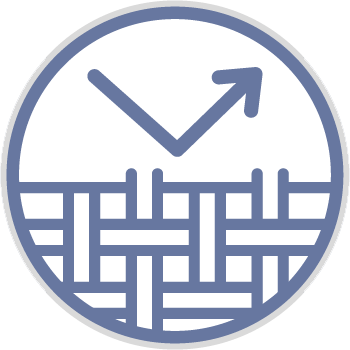
Para el mantenimiento general de las telas de poliuretano, aspire las superficies con regularidad para eliminar todo el polvo y las partículas sueltas, limpie las áreas manchadas o sucias y desinfecte.
Trate las manchas lo más rápido posible. Será cada vez más difícil quitar una mancha cuanto más tiempo se deje reposar. Retire sustancias sólidas o semisólidas utilizando un objeto plano. Retire la mayor cantidad de mancha posible y luego aspire bien usando los accesorios adecuados antes de limpiar con un agente.
Pre-test any cleaning method or disinfecting agent in a small, hidden, inconspicuous area to ensure it won’t damage the fabric. We recommend using several less concentrated applications of cleaning solutions rather than one concentrated application because that will be less likely to damage the fabric. You should also protect and cover the furniture framework along with surrounding areas, and work in a well-ventilated area with gloves and eye protection.
Evite permitir que los líquidos de limpieza penetren en la superficie de la tela. Elimine los líquidos inmediatamente secando con un paño limpio, absorbente y que no destiña.
Quite las manchas usando un cepillo suave o una esponja y luego aplique agua tibia y jabón sobre la mancha. Do not over-wet as this may leave a ring and soak up any remaining cleaning solution. Utilice trazos ligeros y rápidos, comience desde el exterior de la mancha y avance hacia el centro. Evite frotar o frotar el área ya que esto puede dañar la tela. Utilice un paño limpio y agua fría para eliminar cualquier residuo.
Allow fabric to dry thoroughly and do not use heat, as that will set the stain into the fabric. As with woven and knit fabrics, rinse well after applying bleach to avoid degrading the fabric.
How to Clean Vinyl (PVC) Upholstery
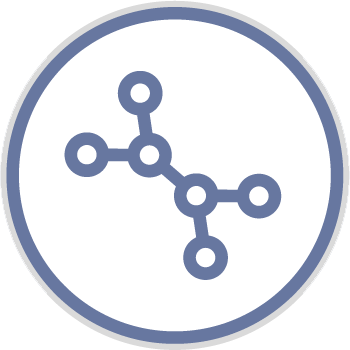
To disinfect PVC (polyvinyl chloride) vinyl upholstery, we recommend using these EPA-approved solutions which have been shown to sanitize against COVID-19 and other strains of the coronavirus.
- una solución de lejía 10% mezclado con 90% agua limpia
- Paños Super Sani
- Virex™ II, 256
Siempre pruebe previamente cualquier método o agente de limpieza en un área pequeña, oculta y discreta para asegurarse de que no dañe la tela.
Note that cleaners and disinfectants should be used in recommended dilutions and never in a concentrated form. Make sure to wipe off disinfectants with clean water and then dry the vinyl with a clean towel to remove any chemical residue that could discolor or degrade the material’s surface.
When Upholstery Cleaning Isn’t Enough
If your event chairs have started to show their age and cleaning and disinfecting aren’t doing the trick anymore, perhaps it’s time to upgrade or replace them. Browse MityLite’s catalog of durable sillas de banquete tapizadas.

Upgrade your space with new furniture. Contacto a sales rep today!
